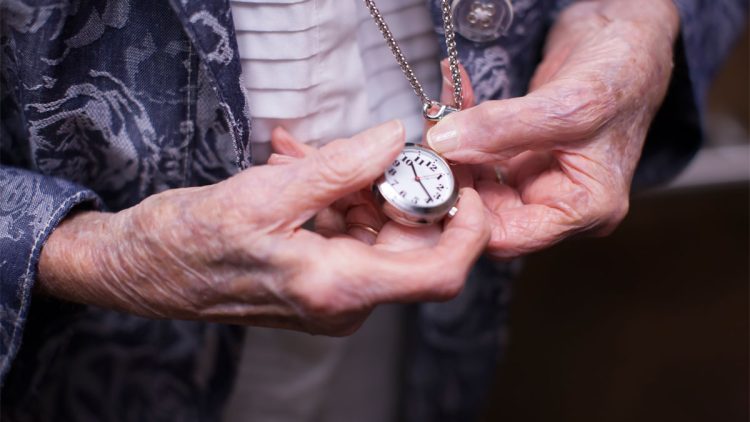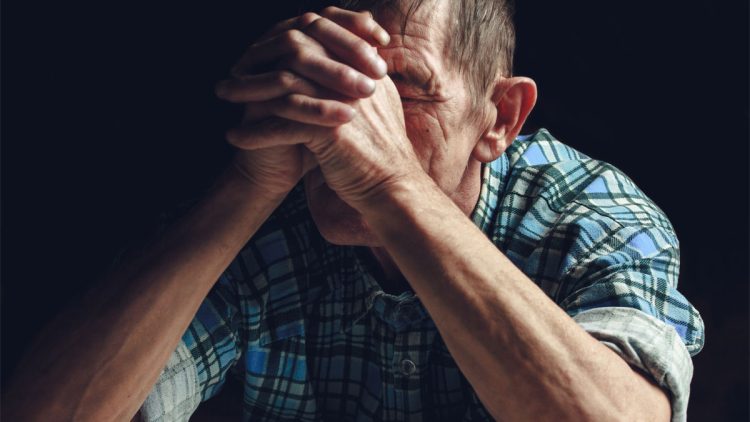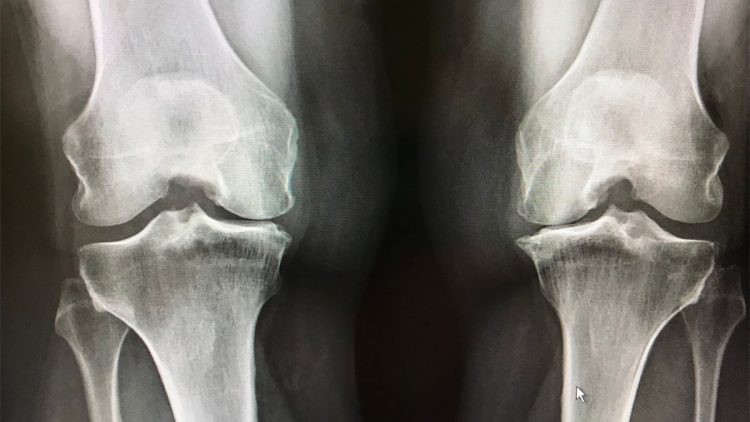When is it Time For Assisted Living?
Some seniors and their families worry over whether to move out of a family home to an Assisted Living community whereas others welcome the chance to set up a new home, make new friends, and stop agonizing with cooking and cleaning. For the majority, the decision to move is based on the revelation that Mom or Dad could use a little extra “assistance” and would benefit from a broad range of individualized services, comprising of personalization care, medication supervision and well-balanced meals, in addition to new social ways to combat the solitude they experience living by themselves.
Is it Time for Assisted Living Concerning Your Loved One?
If you answered “yes” to three or more questions on this checklist, Assisted Living might be the ideal next phase for your loved one. Moving into a senior community doesn’t mean a loss of freedom. Quite the opposite. The objective is to maximize your loved one’s freedom within a setting which offers them choices, applauds their individuality, and allows them to flourish. Actually, some people that answer “no” to the following questions still choose Assisted Living for convenient hassle-free community setting with balanced meals, companionship and a strong social calendar.
Below Are Some Questions to Ask Yourself Concerning Your Loved One
- Are your Mom or Dad having a hard time with chores, yard work and home repairs on their own?
- Is your loved one finding it challenging to shower, bathe and dress regularly without any help? Are you concerned about their safety in the tub or shower?
- Are you worried that your Mom or Dad is at risk of falling? Have they recently fallen? Have you noticed a transformation in their mobility, walking, or balance?
- Has your loved one lapsed on bills? Is old mail gathering?
- Is your Mom or Dad not capable of scheduling and getting to routine medical appointments on time?
- Does your loved one sometimes fail to remember to take their medications?
- Is your Mom or Dad not capable of cooking proper nutritious meals?
- Are they having challenges keeping a healthy weight and getting some type of regular exercise?
- Are you concerned about your loved one’s welfare when they are by themselves? Do you worry when you can’t get a hold of them by phone?
- Does your Mom or Dad find it hard to maintain a social life? Are they making excuses about why they don’t engage with friends or participate in social events or religious activities?
- Do you believe your loved one feels solitary, lonely or bored? Do they seem to be reserved, scared or depressed?
- Has your Mom or Dads driving ability declined? Are there issues with low vision, physical boundaries or untimely memory loss which could impact their driving?
- Has your loved one been hospitalized recently? Are you worried about them continuing their recovery at home by themselves?
In Conclusion
If your parent, another elderly family member or friend makes the move to Assisted Living, they can appreciate a safe, relaxed, social lifestyle and you are going to spend less time worrying and more time delighting in your time together when you visit!
Vista Winds Is An Upscale Retirement Community Located In Peoria, Arizona
If you are doing research about retirement communities in Peoria, Arizona, Vista Winds Retirement Home should definitely be on your list. Vista Winds offers retirement living at its finest. We have a rich calendar of activities, meals prepared by a Chef and caregivers on staff 24 hours a day for your health and safety. We offer award winning independent living, assisted living and memory care services. Come tour our community to see how we are a step above the rest and how easy it is to Make Yourself at Home! Vista Winds is surrounded by amazing views and our resort style property will be sure to impress!
More Articles About Retirement
- How To Find A Retirement Community In Peoria, Arizona
- Easy Crafts For Seniors With Dementia
- Top 8 Low Stress Jobs After Retirement
- Can I Retire At 60 With 500K
- 55 Funny And Inspirational Quotes About Aging
- Retiring In Arizona Pros And Cons
- Cost Of Independent Living 2021
- Cost Of Assisted Living In Arizona
- Independent Living Vs Assisted Living




